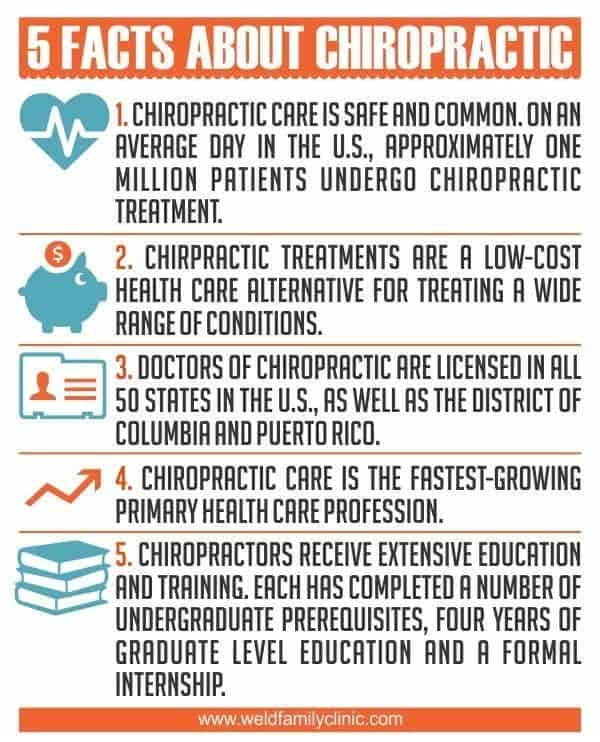Deciphering The Science Of Cold Laser Treatment: Exploring Its Devices And Consequences
Deciphering The Science Of Cold Laser Treatment: Exploring Its Devices And Consequences
Blog Article
Short Article By-Bendix Hanna
You may have heard of cold laser treatment as an appealing therapy alternative for different problems, however have you ever before questioned exactly how it really deals with a mobile level? Understanding the systems behind this treatment can clarify its effectiveness in promoting recovery and lowering swelling. By discovering the scientific research behind cold laser therapy, you'll gain insights right into the fascinating methods which light can influence mobile procedures and facilitate cells repair work.
How Cold Laser Therapy Functions
To recognize just how cold laser therapy works, you require to understand the fundamental principles of how light power engages with organic tissues. Cold laser treatment, additionally known as low-level laser treatment (LLLT), makes use of particular wavelengths of light to penetrate the skin and target hidden tissues. Unlike the intense lasers utilized in procedures, cold lasers give off reduced levels of light that do not generate warmth or cause damage to the cells.
When these gentle light waves reach the cells, they're absorbed by elements called chromophores, such as cytochrome c oxidase in mitochondria. This absorption triggers a collection of organic feedbacks, consisting of boosted cellular energy manufacturing and the release of nitric oxide, which boosts blood flow and reduces swelling.
In cold laser facial , the light energy can also stimulate the manufacturing of adenosine triphosphate (ATP), the energy currency of cells, assisting in mobile repair and regrowth processes.
Fundamentally, cold laser treatment harnesses the power of light power to advertise healing and minimize pain in a non-invasive and mild manner.
Mechanisms of Action
Exactly how does cold laser treatment really function to generate its healing effects on biological tissues?
Cold laser treatment, additionally known as low-level laser therapy (LLLT), operates through a process called photobiomodulation. When the cold laser is related to the skin, the light energy permeates the cells and is taken in by chromophores within the cells.
These chromophores, such as cytochrome c oxidase in the mitochondria, are after that promoted by the light energy, bring about a cascade of organic reactions. One vital device of activity is the enhancement of cellular metabolic rate.
The soaked up light power increases ATP production in the mitochondria, which is crucial for cellular feature and repair. Furthermore, cold laser treatment assists to decrease inflammation by preventing inflammatory moderators and advertising the launch of anti-inflammatory cytokines.
This anti-inflammatory impact contributes to discomfort alleviation and tissue healing.
Restorative Impacts
Understanding the healing effects of cold laser treatment includes recognizing just how the improved cellular metabolic rate and anti-inflammatory residential properties contribute to its favorable results on biological cells.
When the cold laser is applied to the damaged location, it stimulates the mitochondria within the cells, resulting in enhanced manufacturing of adenosine triphosphate (ATP), which is crucial for cellular function and fixing. This boost in mobile energy speeds up the recovery procedure by advertising cells regrowth and reducing swelling.
In addition, the anti-inflammatory residential or commercial properties of cold laser treatment help to lower pain and swelling in the targeted location. By inhibiting inflammatory arbitrators and promoting the launch of anti-inflammatory cytokines, cold laser treatment help in minimizing discomfort and enhancing the general recovery feedback.
This reduction in inflammation not only gives instant relief yet likewise sustains lasting cells fixing.
Verdict
In conclusion, cold laser therapy functions by promoting cellular fixing and cells regrowth with photobiomodulation. Its anti-inflammatory properties supply discomfort relief and decrease swelling by inhibiting inflammatory moderators.
This therapy supplies an extensive strategy to healing, delivering both immediate relief and long-lasting tissue fixing benefits.
Through its mechanisms of activity, cold laser treatment confirms to be an effective and promising treatment choice for a range of problems.
